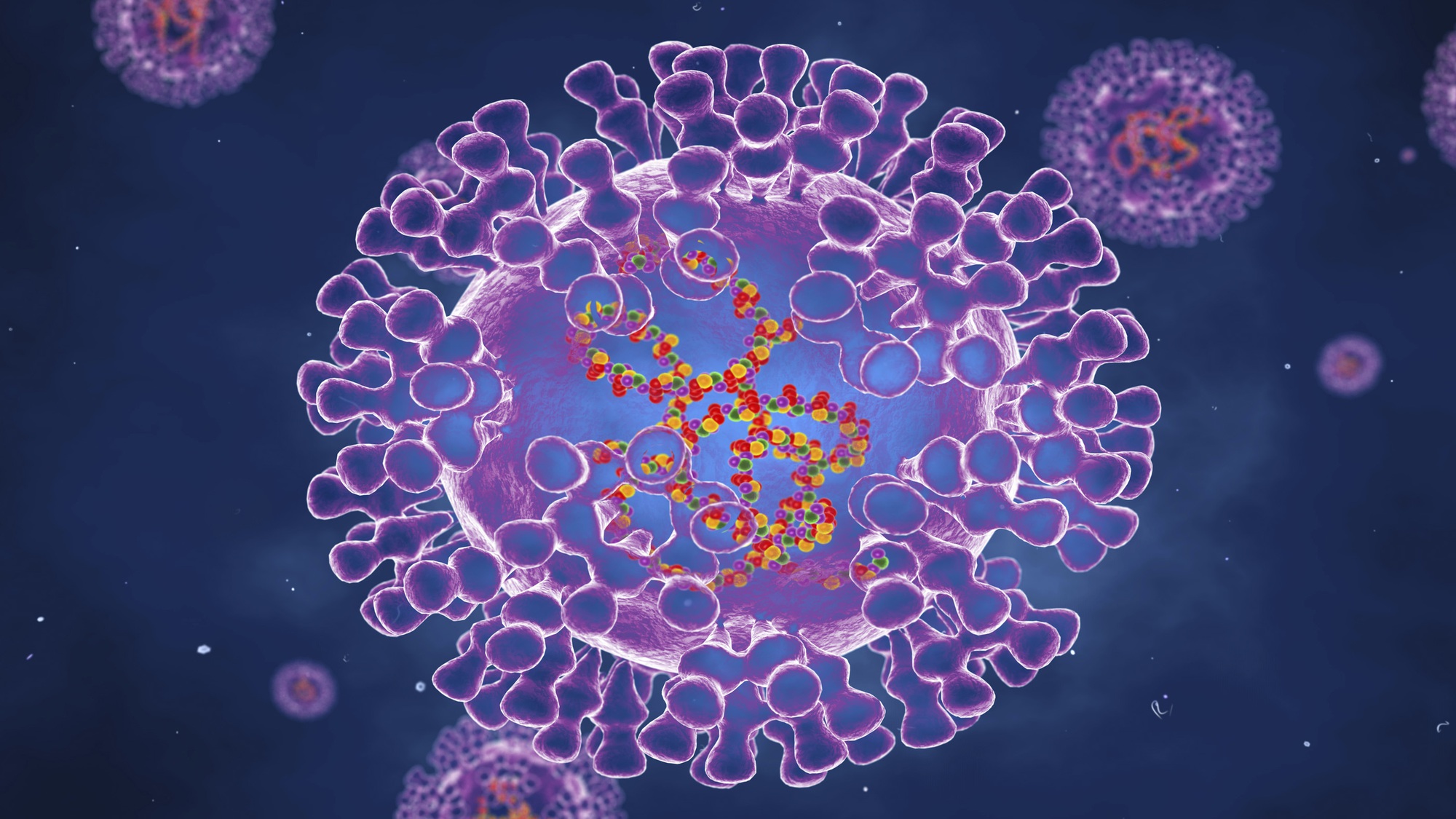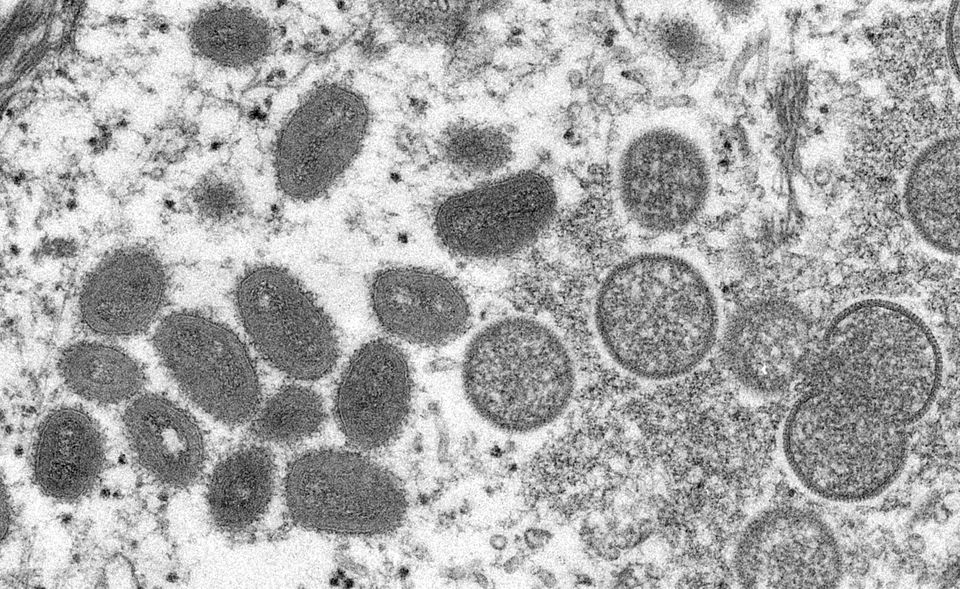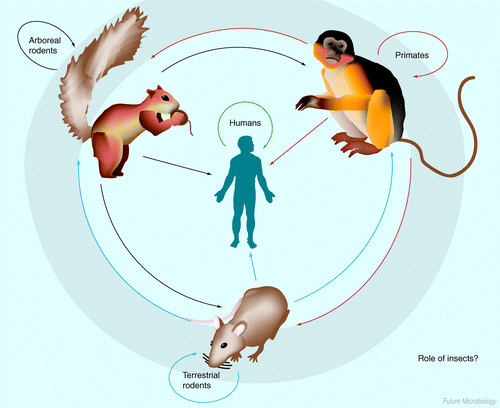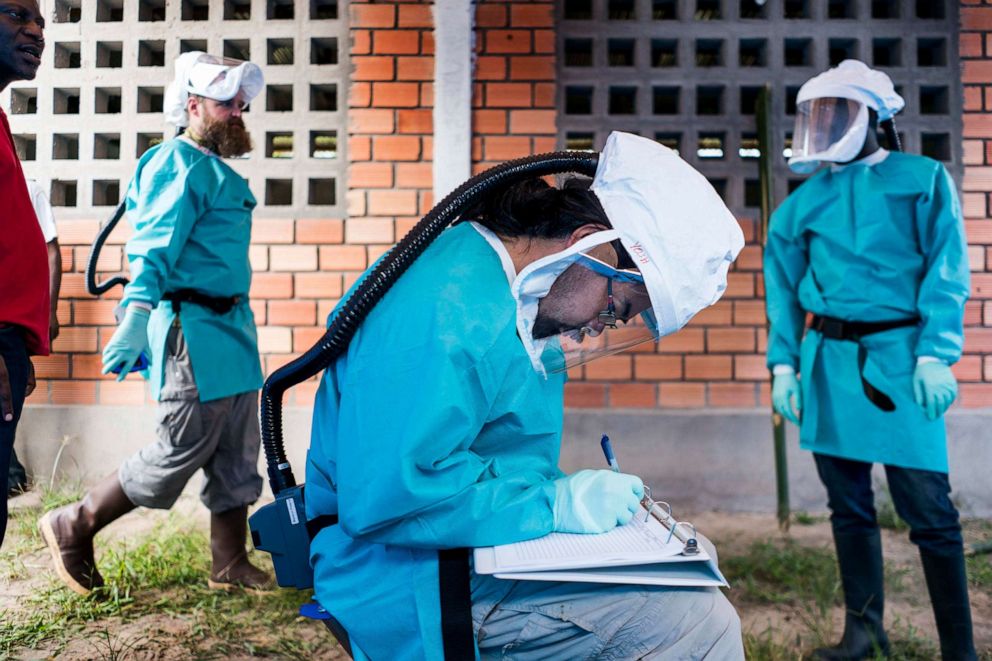There has been no mention of smallpox in the world since 1980, after the WHO officially declared the disease eradicated worldwide. This is due to the persistent and effective vaccination campaign carried out during the 19th and 20th centuries.
The smallpox vaccine was also the first vaccine available to mankind. Thanks to it, smallpox also became the first and only disease to be wiped out by humans until now.
However, over the past week or so, we’ve suddenly heard about an outbreak of monkeypox in Europe.
Countries that have recorded cases in turn include the UK (9 cases), Portugal (14 cases), Spain (7 cases and 22 suspected cases). Sweden, Italy and the United States each recorded 1 case.
So what is monkeypox? Is it a vaccine failure? Is the nightmare called smallpox coming back?

Distinguish between monkeypox and smallpox
Monkeypox shares the same symptoms as smallpox including: fever, headache, muscle aches, swollen lymph nodes, and feeling tired. Next, the patient will develop a skin rash and the formation of blisters and pustules that crust over.
Looking from the clinical symptoms, it is easy to confuse, because the causative agents of smallpox and monkeypox are sister viruses belonging to the same genus Orthopoxvirus in the family Poxviridae.
But the smallpox virus is the Variola virus, which only attacks and infects humans. It has been wiped out in the wild since 1980, and is only stored in a few scientific research facilities.
Meanwhile, monkeypox virus is MPXV virus that attacks mainly primates and some other animals such as squirrels and mice. It can infect humans and is still circulating in Central and West Africa.
The MPXV virus is neither a direct ancestor nor a direct descendant of the Variola virus that causes smallpox in humans. In fact, in the genus Orthopoxvirus, there are 12 brother viruses, including cowpox virus, horsepox virus, cowpox virus …

The genus Orthopoxvirus in the family Poxviridae contains 12 viruses including smallpox and monkeypox.

Monkeypox shares similar symptoms to smallpox including the formation of blisters and scaly pustules on the skin.
Monkeypox virus is less virulent than smallpox virus when infecting humans. Its symptoms are also milder and cause a lower mortality rate.
There are currently two subtypes of monkeypox, the Central African subtype causing 10% mortality if left untreated. Meanwhile, the mortality rate for West African subtype infections is only 1%.
For comparison, human smallpox is also divided into several subtypes: Variola subtype causes 1% mortality, but mortality from its main strain is more than 30%.
Combinations of these two strains kill 50-75% of patients. Meanwhile, the two most dangerous strains are Variola causing early bleeding with 100% mortality and Variola causing late bleeding causing death for 90% of patients.
Before being wiped out, smallpox had killed about 500 million people in the last 100 years of circulation. During the 18th century, every year in Europe 400,000 people died from smallpox.
Meanwhile, monkeypox is only a disease endemic in West and Central Africa. With the largest outbreak ever confirmed in Nigeria, when it infected 200 cases and killed 6 people.

Monkeypox virus was isolated from the 2003 outbreak in the US.
Transmission route
While smallpox only infects humans and spreads from person to person, monkeypox is the main route of infection from animals. According to the World Health Organization (WHO), you can contract monkeypox through direct contact with the blood, body fluids, or lesions of the skin and mucous membranes of infected animals.
Animals that commonly carry the MPXV virus include: wire squirrels, tree squirrels, Gambian rats, rodents, monkeys, and primates. Eating undercooked meat and infected animal products can also infect humans with monkeypox.
Therefore, the most susceptible are people living in or near forest areas exposed to animals with the virus. People who travel to these areas are also at risk of contracting monkeypox.
In fact, the current outbreak in Europe has been traced back to a Briton returning from Nigeria.

Animals that commonly carry the monkeypox virus: primates, squirrels, and mice.
But monkeypox can also be transmitted from person to person, by close contact with respiratory secretions, with lesions on the skin of an infected person, or through personal objects such as towels. drinking glasses…
The MPXV virus can also be spread through the air from respiratory particles but this requires prolonged exposure. Therefore, family members or healthcare workers and those in close contact with the patient will be most at risk of spreading the disease.
The longest recorded chain of human-to-human monkeypox infection has been through six consecutive people. However, the current outbreak in Europe is surprising experts, because the infections are not related to each other.
Some scientists warn that infections may just be “tip of the iceberg“, because some patients have not been reported. The UK Health Security Agency also said the recent infection was mainly gay or bisexual and needed genetic testing to see if their virus was related to the virus. each other or not.
The current or suspected cases of monkeypox in Spain are also believed to be linked to sexual networks. However, experts confirm that MPXV is not sexually transmitted like HIV. Instead, it is transmitted through intimate contact during sexual activity.

Will monkeypox become a pandemic like smallpox or COVID-19?
With the above infection mechanisms, it can be seen that the risk of monkeypox developing into a pandemic such as smallpox or COVID-19 is very low. Unlike COVID-19, the MPXV virus is not easily transmitted from person to person, often requiring interaction with animals that carry the virus or very close contact with an infected person.
Just like COVID-19 can be spread from people without symptoms, people with monkeypox often show symptoms that are easily visible from the outside. Therefore, people can be vigilant to prevent disease by limiting contact.
Monkeypox outbreaks are often sporadic, with small numbers of patients, and end quickly once the chain of transmission is under control. For example, the strongest outbreak outside Africa was recorded in the US in 2003, with 71 infections and 0 deaths.
In 2018, the UK recorded 4 cases of monkeypox. In 2019, a Nigerian man went to Singapore and was confirmed to have monkeypox, causing 22 people to be isolated but no more infected.
In 2021, the UK also reported 3 cases of monkeypox and the US reported 1 case.

Monkeypox rarely breaks out outside of Africa.
The current outbreak of monkeypox in Europe is of particular interest because of the record number of patients compared with previous outbreaks. But it has not yet exceeded 33 confirmed and 35 suspected cases.
Jimmy Whitworth, professor of international public health at the London School of Hygiene and Tropical Medicine, said: “This outbreak is considered unusual mainly because historically monkeypox outbreaks have been rare. So far, only 8 outbreaks have appeared.
According to Professor Whitworth, monkeypox outbreaks in Europe in 2022 as travel restrictions were lifted after COVID-19, causing more people to travel to and to West and Central Africa, where the MPXV virus is. current.
How to prevent MPXV virus?
According to the World Health Organization, the smallpox vaccine is confirmed to be 85% effective in preventing monkeypox. Therefore, it is the vaccination campaign that we have carried out in the past that has contributed to controlling monkeypox and making it milder.
However, because smallpox has been eradicated since 1980, few people are vaccinated against it today. It is intended only for laboratory workers who have been exposed to the smallpox virus in storage.
Therefore, community measures should be promoted in the prevention of monkeypox, including: Close surveillance to quickly identify new cases, localize and contain the outbreak. Healthcare workers and family members, close contacts of people with monkeypox should be isolated.

The orange countries are the local endemic areas for monkeypox, the purple countries have imported pathogens.
To reduce the risk of animal transmission of MPXV virus, people are advised to avoid traveling to places where the pathogen is endemic, and to avoid contact with wild animals, especially sick and dead animals, including meat. blood and other parts thereof.
In addition, all foods containing meat or animal parts need to be thoroughly cooked before eating.
In the UK, the UK Health Security Service (UKHSA) identified four of the monkeypox cases as men who had sex with men. This raises concerns about the possibility of disease transmission through sexual network activity.
As a result, UKHSA is urging gay, bisexual or male sex partners to look out for rashes and contact sexual health care if they notice any something unusual.
Synthetic
